Convair F-102 Delta Dagger
The Soviet Union became a strong threat to the West after WWII and the development of the atomic weapon removed the natural protection of the oceans and long distances, at least for the United States. Faced with these facts, the U. S. made it a priority to develop all weather fighter interceptors for the primary task of defending U.S. soil from Soviet strategic bombers. Convair signed a contract with the U.S. Army Air Forces on 25 June 1945 for the continued development of a delta wing interceptor.
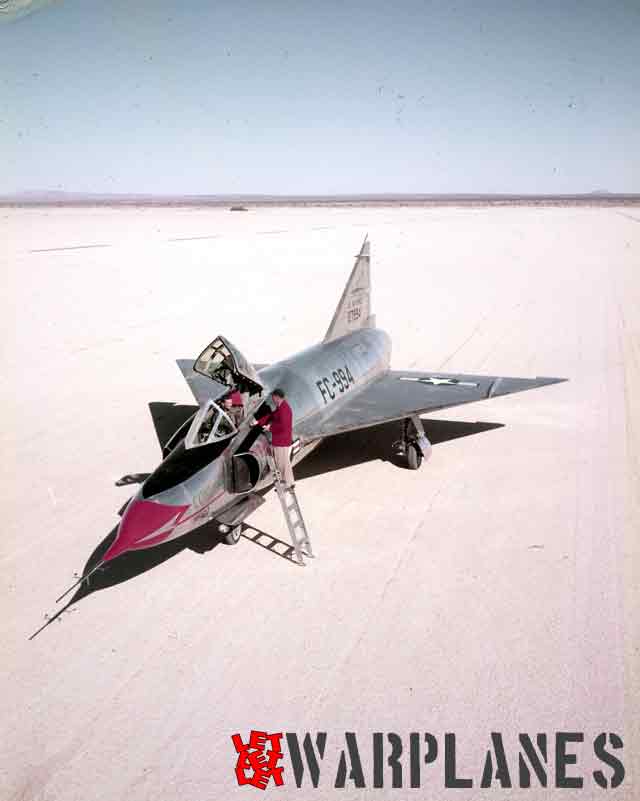
The delta wing was developed by Dr. Alexander Lippisch into flying aircraft in the early 1930s and refined further during WWII. Overall, this type of wing was easy to manufacture and has a large internal volume which equipment and fuel could occupy. In addition, flying controls could be arranged to allow for the elimination of horizontal flying surfaces. Postwar, Convair spent a lot of time and effort developing the delta wing planform and their XF-92 design provided real world data from its flight test program. That data was a milestone that led to the development of the F-102, F-106 and B-58.
New age fighter
What became the F-102A Delta Dagger started out as ’’Secret Project MX-1554’’, also known as ’’Dragon Fly’’. The program was also called ’’1954 Interceptor’’ as the idea was to have the new fighter in service in 1954. Both radar/fire control system and guided missiles developments ran in parallel with the fighter’s development as well. Overall, this was one of the first ’’weapons system’’ programs. Convair’s proposal used the delta wing planform and had internal storage in the fuselage for the missiles. The project requirements required a top speed of Mach 1 but in 1952, wind tunnel testing determined that the proposed design could not reach that speed due to drag. The reason was simple – the cross section area of the airframe increases through the area where the wing and fuselage add up and that added area creates a significant drag increase at higher speeds. NACA’s Richard Whitcomb developed the ’’area rule’’ concept – a smooth transition of the overall cross section of the aircraft from nose to tail which resulted in a reduction in the fuselage cross section to account for the wing cross section and creating what is generally called a wasp waist or ’’Coke Bottle’’ look. Whitcomb’s development was directly applied to the F-102 to solve the unexpectedly higher drag encountered with the design. The area rule concept is still in use today.
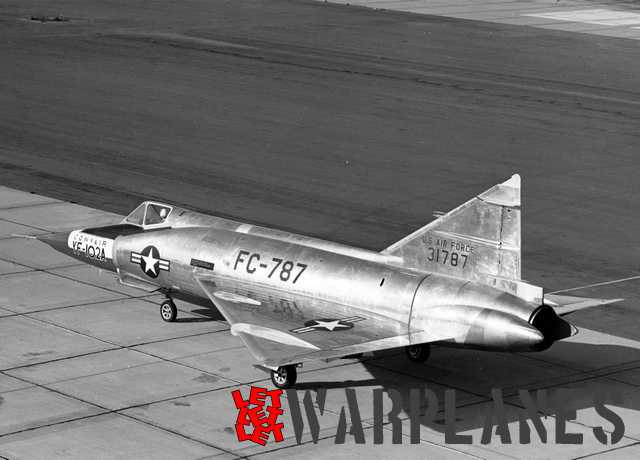
The first development F-102s were too far along in construction to incorporate area rule and flew as originally designed. The YF-102 (52-7994) made its maiden flight on 24 October 1953 at Edwards AFB with Convair test pilot Dick Johnson at the controls. 52-7994 did not last long – on 1 November 1953, an engine failure on take off during a test flight led to a crash landing and the aircraft was written off. The follow on YF-102 (52-7995) first flew 11 January 1954.
The YF-102A prototypes/development aircraft (starting with 53-1787) were the first airframes to incorporate the area rule concept and its impact was immediately felt when on the second flight of 53-1787 on 21 December 1954, it reached Mach 1. The revised design reached Mach 1.22 and an altitude of 53,000 feet – proof of the worth of Whitcomb’s aera rule concept.
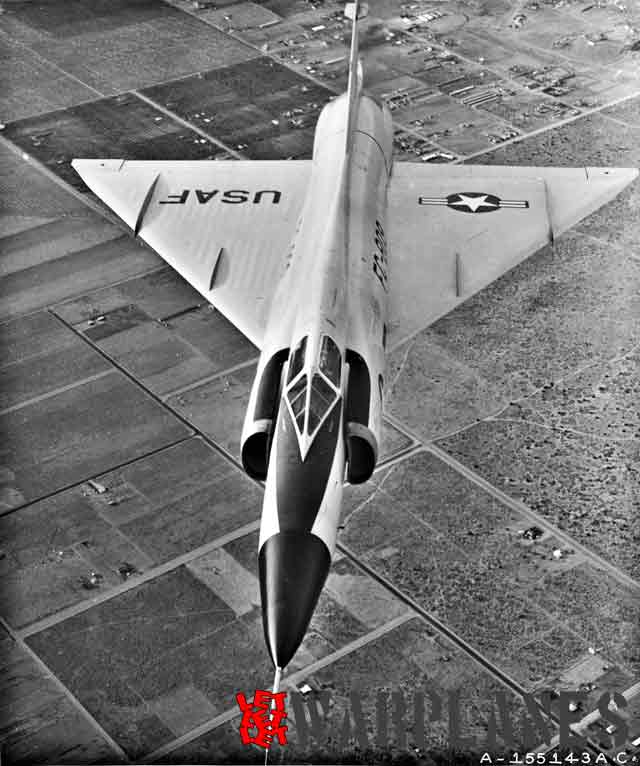
The success of the YF-102A to meet the stated requirements led to the U.S. Air Force proceeding with production of the F-102A Delta Dagger. Early production aircraft had a smaller vertical fin which in service was found to be inadequate for roll/coupling issues. This led to a redesign which increased the vertical height (and area) of the fin and was introduced on the production line starting with Block 25 aircraft. All earlier F-102As were retrofitted with the larger vertical fin.
Many of the early manufacturer block F-102As did not reach operational units but were used for various test programs. The official name given to the F-102A was Delta Dagger but in actual service pilots and ground crews universally called it the Duece. The 327th Fighter Interceptor Squadron at George Air Force Base in California was the first to receive the F-102A in April, 1956.
Convair F-102A Delta Dagger Technical Data:
Armament: 24 unguided 2.75-in. rockets and two GAR-11/AIM-26 Falcon or six GAR-1/2/3/4/AIM-4 Falcon
AIM-26 nuklear AA missiles
Engine: One Pratt & Whitney J57 of 16,000 lbs. thrust with afterburner
Maximum speed: 810 mph
Cruising speed: 600 mph
Range: 1,000 miles
Ceiling: 55,000 ft.
Span: 38 ft. 1 in.
Length: 68 ft. 4 in. (including boom)
Height: 21 ft. 2 in.
Weight: 31,559 lbs. maximum
Maximum internal fuel load was 1085 US gallons
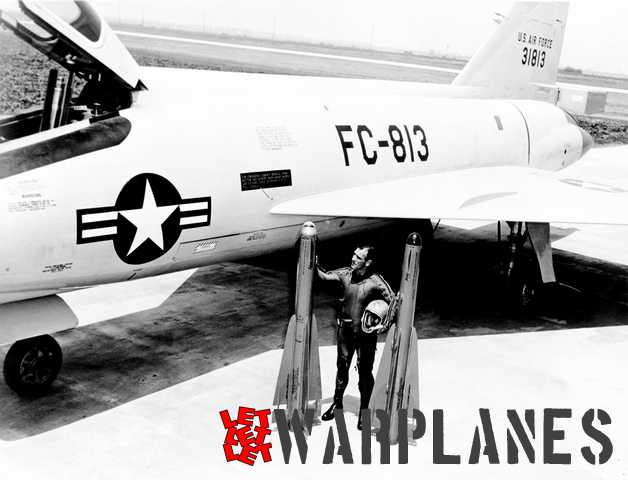
Missiles used on Convair F-102:
GAR-1 later AIM-4
GAR-2 later AIM-4B
GAR-2A later AIM-4C
GAR-1D later AIM-4A
GAR-3 later AIM-4E
GAR-3A later AIM-4F
GAR-4A later AIM-4G
GAR-2B later AIM-4D
Service deployment
As noted above, the first squadron to receive F-102 Delta Dagger was the 327th Fighter Interceptor Squadron and it received its first machine in April 1956 and three more squadrons received their Delta Daggers by the end of 1956. Production increased in 1957 and by the end of the year some 15 squadrons were operating the type, deployed at various bases around the borders of the United States. That year the first squadron was deployed to Alaska, the 317 Fighter Interceptor Squadron.
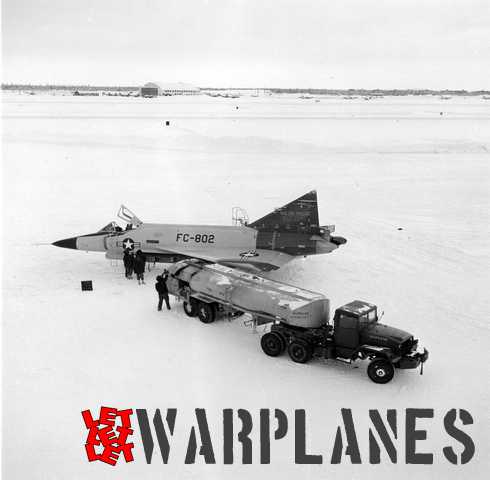
The F-102A was constantly being upgraded throughout its service life. Early problems with the speedbrakes failing in flight led to a redesign and fitting of an improved design and the wing leading edge camber was improved from the original Case X wing to what was called the Case XX wing. The Case XX wing had conical camber along the length of the leading edge which improved trim drag, increased service ceiling and improved low speed handling and stability. Other changes were made to the air inlet ramps, automatic flight control systems and to the missile bay doors. The changes in the missile bay doors eliminated the 2.75“ (70mm) unguided rockets which were housed in the outer shell of the original door and allowed the carriage of the AIM-26 Super Falcon nuclear tipped guided missile. Roughly half the F-102A fleet was equipped to carrier the AIM-26.
On the other side of the world, the Soviet Union continued to develop its strategic bomber fleet with large numbers of various bomber types. This continuing threat kep the production lines moving with 651 F-102As delivered in 1958, equipping 27 fighter interceptor squadrons. The F-102A was assigend to the air defense mission covering the continental U.S.A. as well coverage of Canada, Greenland and Iceland. The need to respond quickly for an interception saw the F-102A being set up for Quick Reaction Alerts. This procedure saw 2 to 4 aircraft standing by, with pilots in the cockpit, in alert barns (sometimes known as ’’Zulu“ hangars) ready to launch within 5 minutes of being called to scramble. It is interesting to note that some of these missions were mentioned in ’’Blue Book“ which reported on UFO sightings. Alaska was a problem spot as Soviet bombers had penetrated U.S. airspace on a few occasion without being intercepted.
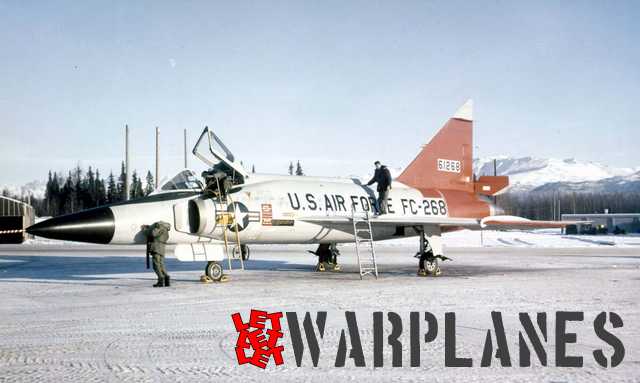
The first overseas deployment of the Delta Dagger took place in June 1958 when the 327th FIS was transfered to Thule, Greenland. The first squadron assigned to serve in Europe was the 525th FIS which was based at Bitburg in West Germany, having received 25 aircraft in early 1959. Five more squadrons were deployed to Germany, Spain, and the Netherlands. Over in the Pacific, the 16th FIS was the first in theatre being based at Naha AFB on Okinawa in March 1959. As the war in Vietnam escalated, the Delta Dagger found its way to Vietnam when four were deployed to Tan Son Nhut AB outside of Saigon in March 1962 to provide air defense in ’’Operation Water Glass“. Their stay was short – only a week – and no intercepts were made. Additional ’’Water Glass“ deployments occurred until May 1963 using TF-102As which were considered more suitable for low and slow targets. As the war continued to escalate, F-102As were occasionally stationed in theatre and was used for intercept and escort duties and on occasion, even air to ground missions.
Casaulties
As with many of the ’’Century Series“ fighters, the F-102A had a high accident rate with 259 Delta Daggers lost in accidents with 70 pilots killed. The first operational loss occurred on 14 March 1956 when a F-102A from the 323nd FIS was lost due to engine trouble, 1st Lt. Robert C. ’’Bob“ Roth ejecting safely. The fiorst fatality occurred on 5th May 1958 when 1st Lt. Gerald Stull of the 327th FIS was killed when ejecting outside of the seat envelope after engine problems with 56-1348.
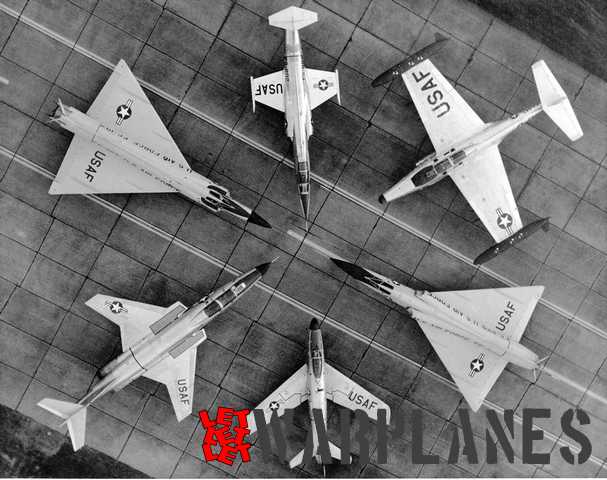
There were also a number of air-to-air accidents involving the Delta Dagger. On 17 December 1959, F-102A 56-1473 from the 438FIS collided with a B-47 during a practice intercept. Two of the crew from the B-47 were killed. An unusual accident was the mid-air collision of three F-102As on 26 May 1961, all three pilots surviving the incident.
The first overseas loss was on 20 July 1960 when F-102A 53-1818 from the 496 FIS based at Ramstein AFB in Germany crashed due to engine failure with the pilot ejecting safely. The first overseas fatality occurred on 22 August 1960 when F-102A 54-1378 from the 496 FIS crashed in France, killing Capt. Jim Walker.
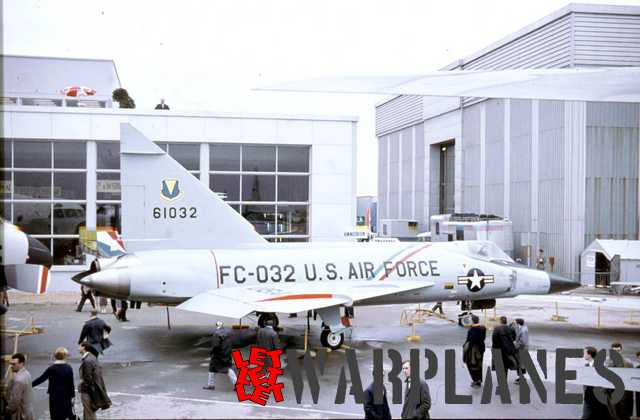
Few Delta Daggers were lost in combat. The first to be lost was 56-1189 from Detachment 5, 509 FIS, 405 FW out of Tan Sun Nhut on 27 November 1964 due to an engine failure, the pilot ejecting and being recovered. Capt. Girard J. Rose of the 482 FIS unfortunately was the first to be killed on a combat mission when his aircraft crashed during a low level intercept of a suspicious radar return on 6 February 1965. Sadly, his body was never recovered. On 1 July 1965, three Delta Daggers of the 509 FIS were destroyed by Viet Cong mortars and rockets while on the ramp at DaNang.
One F-102A was shot down by an AA-2 Atoll missile fire by a North Vietnamese MiG-21. The MiG closed in undetected and hit the Delta Dagger but the missile did not explode immediately but remained lodged in the aft section casing stability problems. As the pilot was telling his wingman about the problems, the aircraft exploded, killing the pilot.
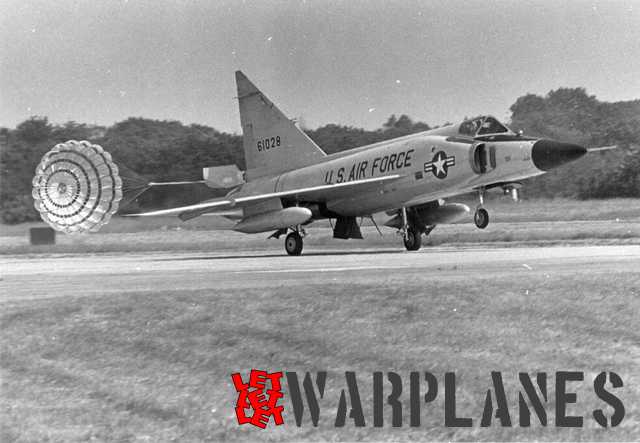
Besides the USAF, Greece and Turkey were the only other operators of the Delta Dagger. With both countries being at odds with each other, their Delta Daggers saw combat with some 19 Delta Daggers being lost by Turkey and possibly one by Greece. Both countries used their Deuces on combat missions during the Turkish invasion of Cyprus. On 21 July 1974, Greek pilot Dinopoulos Ioannis from 337 Mira claimed to have shot down a Turkish Air Force F-102A with an AIM-9B, killing 1st Lt. Ibrahim Cinar. Both countries started retiring their F-102As in 1979.
As the F-106A Delta Dart and F-101B Voodoo started re-equipping USAF squadrons, The Delta Daggers started making their way to the Air National Guard squadrons. 375 F-102As were transferred to the Air National Guard and remained in service until 1975.
Other developments
The USAF chose to develop a two seat version of the F-102A to facilitate training. The TF-102A was developed and used side by side seating, a rarity for USAF fighter designs. First flight of the TF-102A was in 1955 and devlopment was prolonged as there wetre aerodynamic issues with the large cockpit section, finally addressed with vortex generators across the top of the canopy framing. The TF-102A was not capable of supersonic flight, 111 were produced with production ending in 1959.
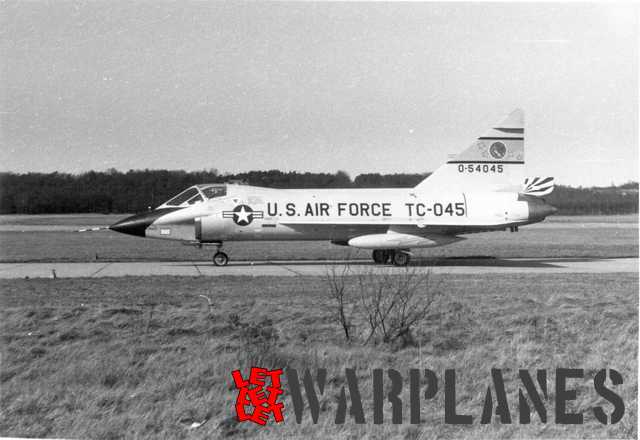
Further development of the delta design was initially called the F-102B but later renamed the F-106 Delta Dart to reflect what was essentially an all new design.
NASA used as many as nine Delta Daggers for various programs and astronaut training.
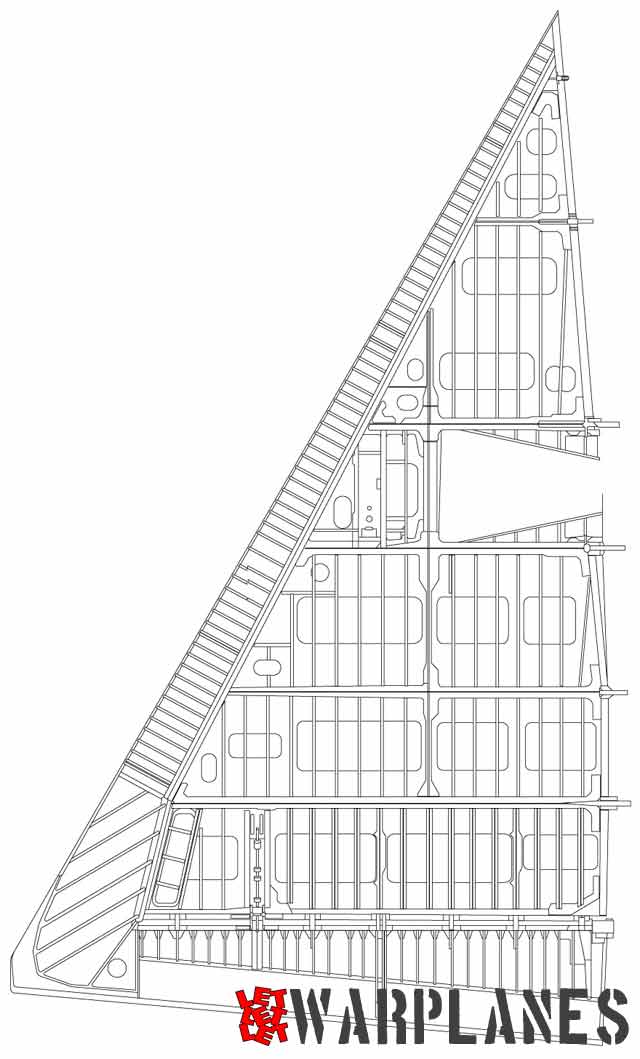
The final swan song for the Delta Dagger was its use a target drone. The initial conversion was known as the QF-102A with six being made but later conversions were known as the PQM-102A (65 produced) and the PQM-102B (146 produced). The final PQM-102 was expended in 1986, being replaced by the QF-106 Delta Dart.
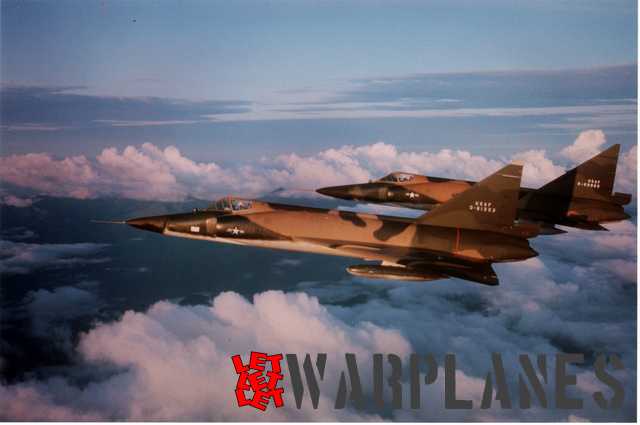
The total numbers produced for the Delta Dagger breakdown as:
YF-102 – 14
F-102A – 875
TF-102A – 111
Images in gallery bellow- Robert A. Burgess Collection/Greater St. Louis Air & Space Museum
Camouflage & Markings
Many of the initial YF-102s were left in bare metal with Convair test markings. As the F-102A entered service with the Air Defense Command (ADC), they wore an all ADC gray scheme (Federal Standard 16473) except for the titanium skins around the engine bay and engine exhaust. Deuces generally wore that scheme for most if the Delta Daggers career. Vietnam brought on the requirement for a more appropriate scheme which led to a Southeast Asia (SEA) camouflage pattern consisting of two greens (Federal Standard 34097 & 34102) along with Tan (30219) and the underside of the aircraft in Grey 36622.
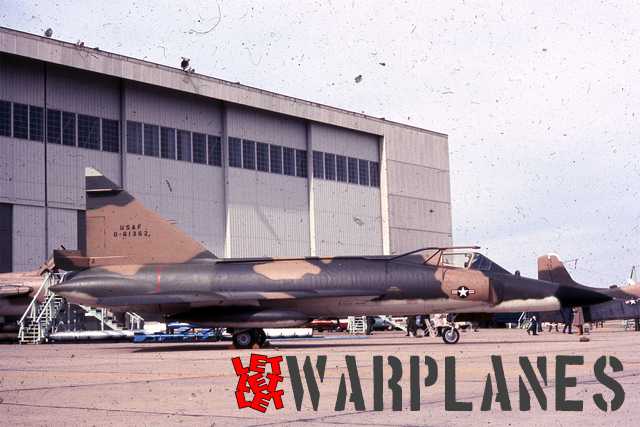
For many Delta Daggers flying in the northern zones of the Air Defense Command, such as Alaska and out of Iceland, Day-Glo orange was used on portions of the aircraft to improve visibility in the event of a crash requiring search and rescue. High visibility markings were also used on the drone conversions. Squadrons, especially Air National Guard units, applied their own squadron markings with many being colorful and striking.
Stenciling and lettering on the aircraft also underwent changes through the career of the Delta Dagger with different size stars and bars, application of ’’buzz numbers“ (FC-XXX) and the application of the large U.S. Air Force applied along the sides of the fuselage. Markings on the wings themselves remained relativly consistent throughout the Deuce’s career. SEA markings were considerably reduced in size to reduce overall visibility. Camoflauge and markings for Delta Daggers that went to both Greece and Turkey were the standard ADC Gray scheme though a few Greek Deuces received a camoflauge similar to the type used on their Mirage 2000.
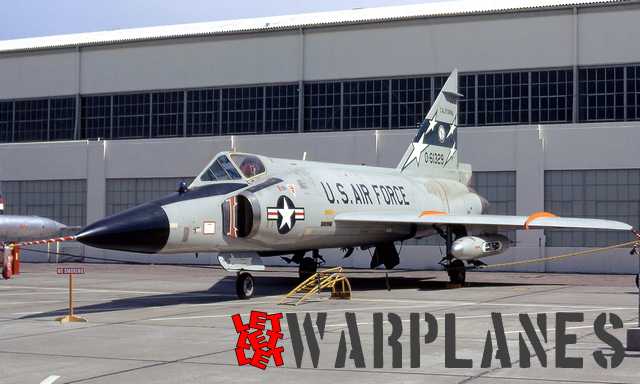
Final words…
There is no doubt the Convair F-102A Delta Dagger played a vital role in the defense of the Continental U.S. during the Cold War and was the first delta wing aircraft placed in service. As with many aircraft of that era, it had its weaknesses but was generally well liked by its pilots. The utlimate fighter development of the delta concept, the F-106 Delta Dart took the delta concept to its zenith and still holds the world speed record as the fastest single engine jet fighter. The Delta Dagger is remembered today with preserved examples in numerous Museums around the world..
All images- USAF except othervise mentioned
Srecko Bradic

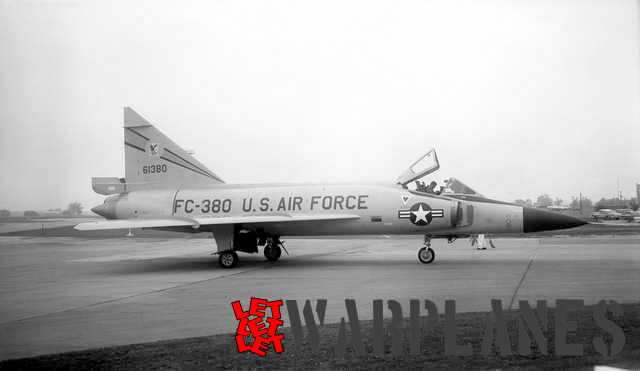
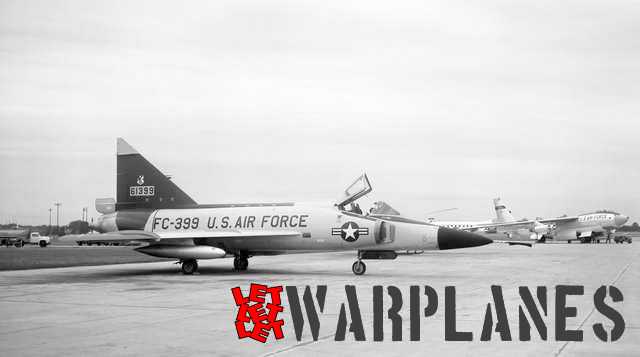
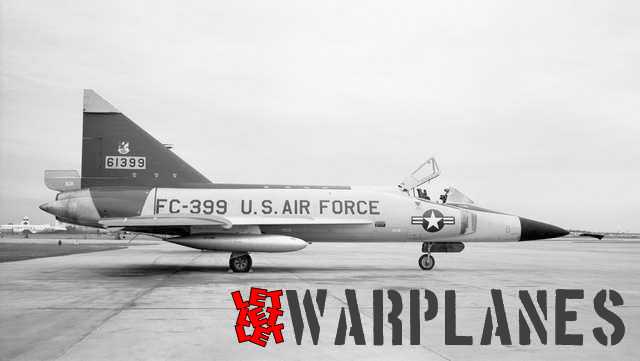
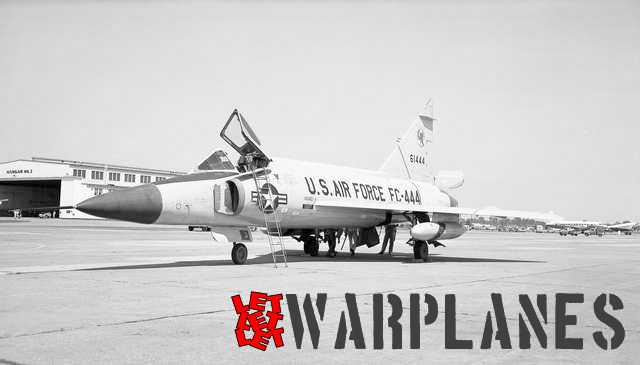
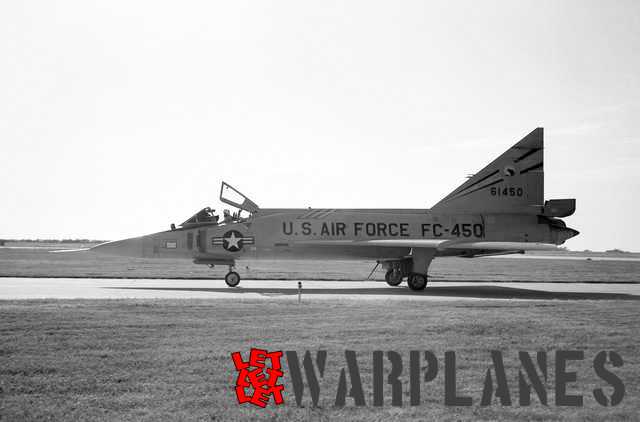
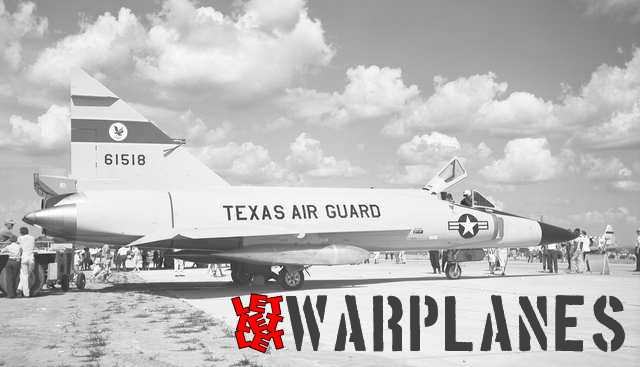
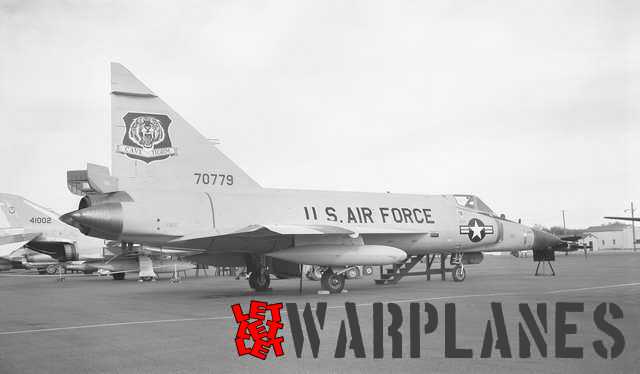
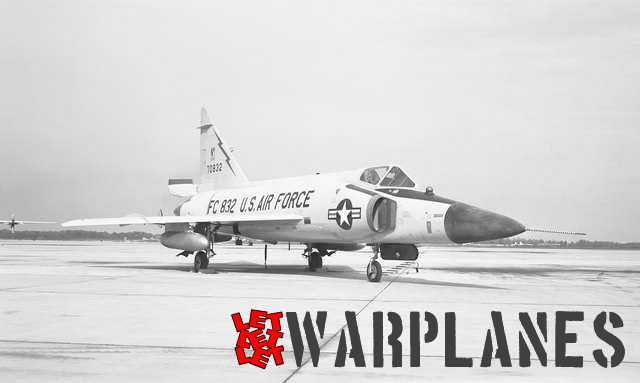














I worked on the Deuce in the Phillipines and we deployed to Tan Son Nhut, Vietnam for air defense of the Saigon area. This aircraft was a joy to maintain and was a great looking aircraft in the air. I had the privelege of flying in the Tf-102 at Tinker AFB where it was used as a chase plane for flight tests of B-52’s coming out of modifications. Sadly I was reassigned to Clark Air Base in the P.I. and never flew after my orientation flight. I also deployed to Bangkok, Thailand with the Deuce where we were on alert, best duty I ever had.
Joe,
I flew the Deuce at Clark 1969-1970. Deployed to DaNang, Bangkok (you’re right about that duty!), Taiwan.
Hello,
I worked on Duce, at DaNange 1966-1967, great aircraft. Looking for anyone who knows about changing HEP valve, while engine still installed. I was ordered to do that and was told, under combat conditions, this was accepted practice even though tech orders called for engine removal.
Richard
I flew the Deuce for several years with the Idaho Air Guard. Did a 90 day TDY at Danang June-July-August, 1969.
Punched out at 200 feet on approach to Gowan Field, Boise, Idaho, March, 1972.
Loved that Deuce, but it was pretty dated by the time the Air Guard got them. We out flew the RAFSOBs in almost every William Tell—better maintenance, more experienced jocks, and armorers par excellence!
The Raggedy-Assed Militia out-did the USAF time and time again.
I boasting, just fact.
Should read: not boasting…
MG-10 Radar Tech 496 FIS, Hahn AFB 1964-1965. Involved in IR capability installation. Best duty for me. Even now at my advanced age have fond memories!